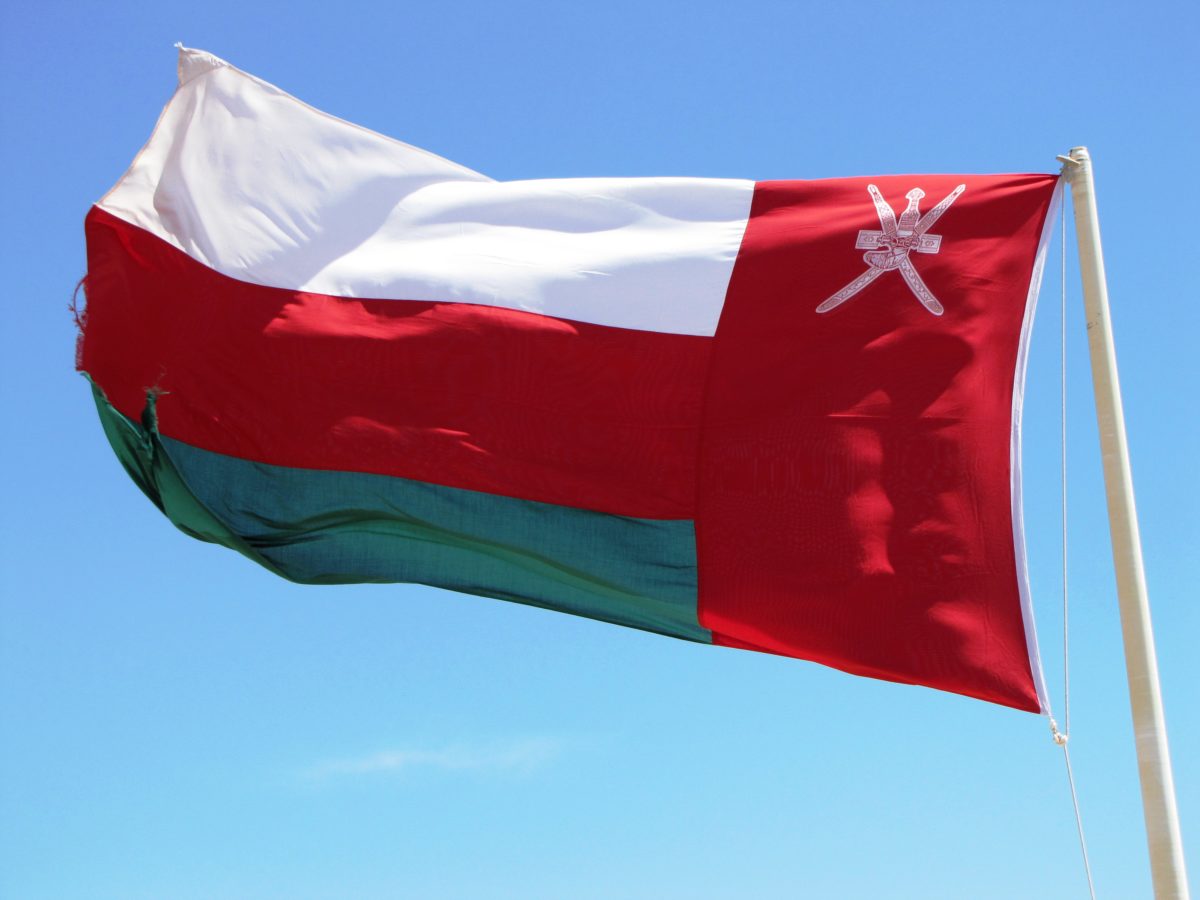The Oman Power and Water Procurement company (OPWP) revealed in May that the government of Oman was planning to issue a tender for 200 MW of solar in the fourth quarter of this year.
A week later, the OPWP launched a request for proposal to seek interested bidders to provide financial and commercial advisory services for the competitive tendering of a commercial-scale solar power plant to be connected to the Main Interconnected System in Oman (MIS).
Last week, local newspaper the Oman Tribune revealed that a feasibility study for the project was already finalized by the OPWP, and has confirmed that the Public Authority for Electricity and Water (PAEW) may launch the expected tender by the end of 2017, adding that the capacity of the tendered solar project could even reach 500 MW.
In its Seven-Year Statement for the period 2017-2013, the Nana Group’s subsidiary said that it expects the tendered solar project will be awarded in the third quarter of 2018, and that the facility is planned to come online in 2020. The RfP for the project will be issued in the first quarter of 2018, while the submission of bids will have to be done in the second quarter of next year.
Solar may also be included in more future procurement initiatives to tender new power generation capacity that will be operational in 2024, the OPWP said in its statement.
In the report, the OPWP added that peak demand of both its two grid systems to grow over the next few years. For the Main Interconnected System (MIS), to which the tendered solar project will be connected, demand is predicted to grow from 5,920 MW in 2016 to 8,960 MW in 2023, while in the smaller Dhofar Power System (DPS) demand is forecast to increase from 497 MW in 2016 to 765 MW in 2023.
Oman is also planning to support residential PV through a support scheme announced in May. The “accelerated subsidy adjustment” scheme will be open to residential PV projects with a capacity between 2 kW and 4 kW, will not be designed as a FIT scheme, as the regulator said that most of the PV power generation is expected to be self-consumed, and that a FIT may be appropriate for larger PV systems “provided the terms of FIT contracts can be competitively tendered”.
Oman is targeting to add around 4 GW of renewable generation capacity by 2030, a figure that would cover at least 10% of its power demand.
This content is protected by copyright and may not be reused. If you want to cooperate with us and would like to reuse some of our content, please contact: editors@pv-magazine.com.




By submitting this form you agree to pv magazine using your data for the purposes of publishing your comment.
Your personal data will only be disclosed or otherwise transmitted to third parties for the purposes of spam filtering or if this is necessary for technical maintenance of the website. Any other transfer to third parties will not take place unless this is justified on the basis of applicable data protection regulations or if pv magazine is legally obliged to do so.
You may revoke this consent at any time with effect for the future, in which case your personal data will be deleted immediately. Otherwise, your data will be deleted if pv magazine has processed your request or the purpose of data storage is fulfilled.
Further information on data privacy can be found in our Data Protection Policy.